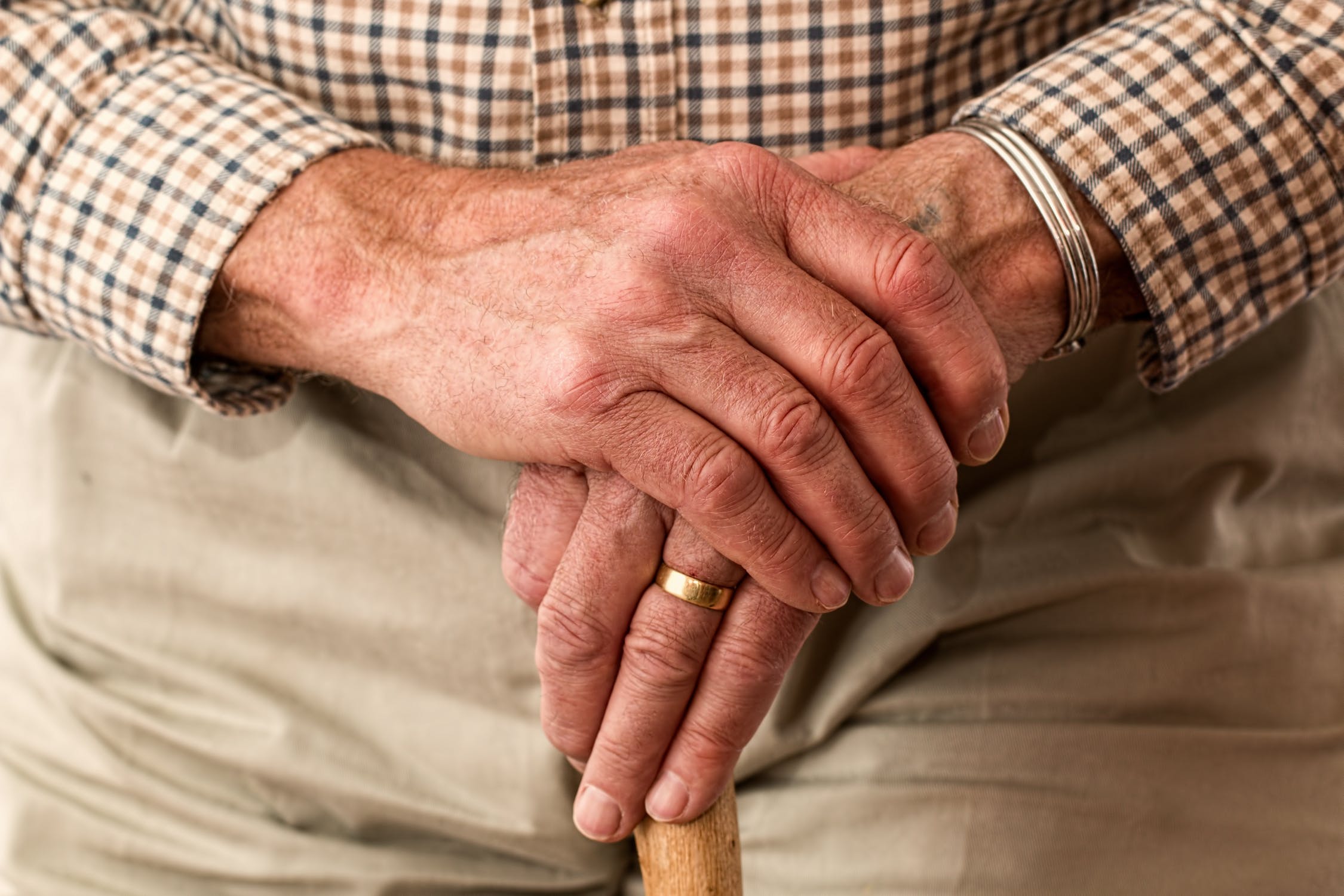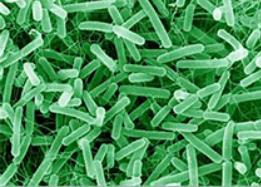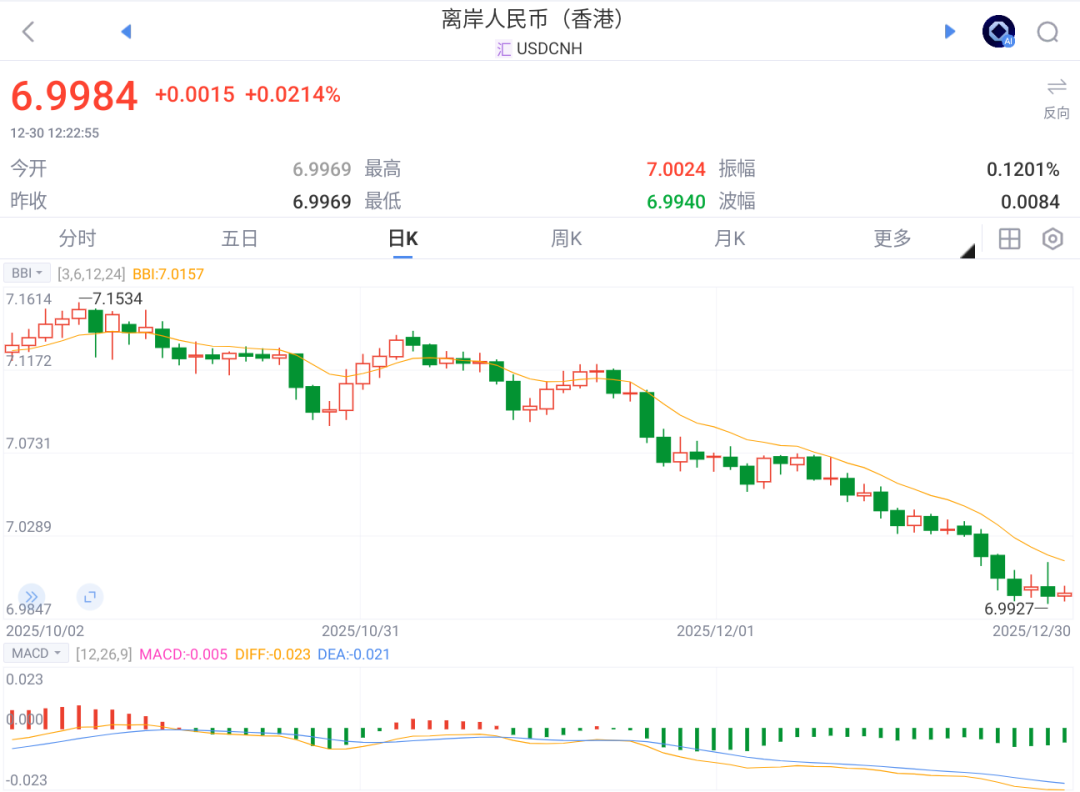What are the Effective Conditions to Extend the Shelf-lives ofHomemade Fresh Squeezed Fruit Juices?
延长自制鲜榨果汁保质期的条件是什么?
研究概述:
本项目的主要目的是检测几种典型的自制鲜榨果汁的保质期,以及一些实际有效的延长保质期的方法。研究者在家进行鲜榨果汁实验,榨汁后每2小时取样并每小时观察果汁的腐败情况。鲜榨橙汁、桃汁、西瓜汁和甜瓜汁的保质期分别为10-12小时、10-12小时、0-2小时和6-8小时,西瓜汁保鲜时间最短。研究证实腐败会伴随果汁PH值的降低,加入柠檬汁能够有效提高鲜榨果汁保鲜。
作者Author: 武心悦 Xinyue Wu
1. Introduction
Generally, people consider fresh-squeezed fruit juices as easily spoiled, but cannot recognize their shelf-life. There aren’t expiration dates printed on fruit juices and people have to “bet” when the juice spoils. Meanwhile, shelf-lives are different for the variable recipes of juicing and juice makers don’t have references for their exclusive juice, which increases the pathogenetic risk.
So, the purpose of this project is to detect the shelf-lives of common homemade freshsqueezed fruit juices of four classical juiced fruits and practical ways to preserve them.
2. Method
2.1 Theory
The appearance of the bacterial colony illustrates spoilage of samples (Gao, et al., 2021). To determine spoilage, thermotank is used to speed up the reproduction of microorganisms. The dividing of the bottom layer as bacteria colonies represents spoilage.
2.2 Standard
All the methods of juicing refer to the book I Love Making Juices!, have standards below.
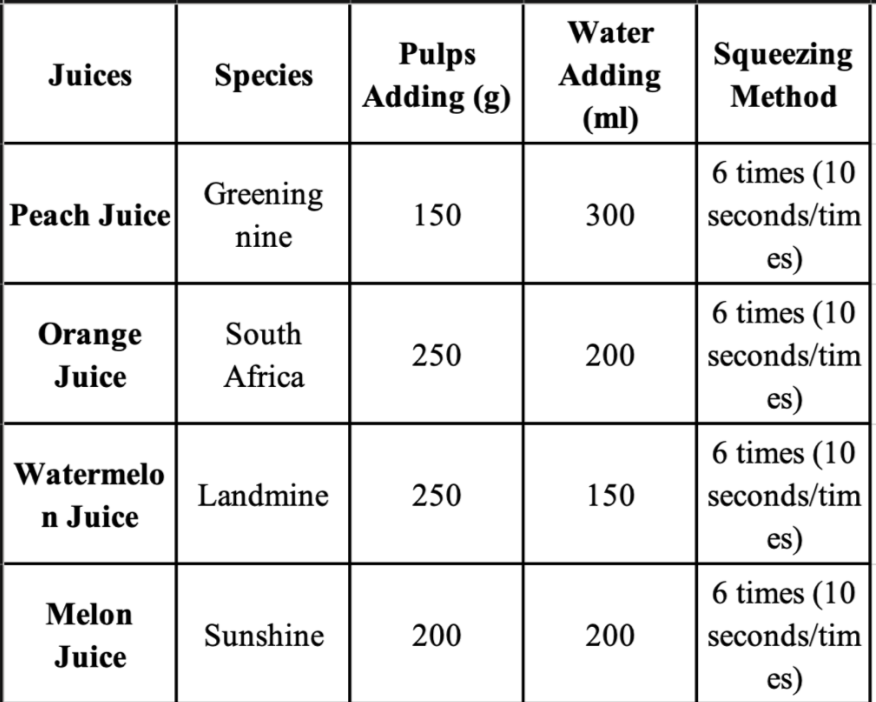
Table 2.1. Standards of juices
Shelf-life is the time from squeezing the juice to its spoiling time (Gao, X. et al. 2021). The location of experiments with room temperature and refrigerator temperature conditions is 301.15K (28.7℃) and 290K (17.5℃) respectively.
2.3 Equipment
Peritoneal dialysis fluid heating thermotank (Yuyao Zhangting Nuomin Plastic Factory), Zhuheng Electronic Balance (Shanghai Ranhao Electronics Co., Ltd.), Xiaomi Mijia Bluetooth Thermometer 2, Pen type acidity meter (Changzhou Edkors Instrumentation Co., Ltd.), MY JUICER™ juicer.
2.4 Experiments
2.4.1 Shelf-lives of four fruit juices with room temperature and no additive
Peach Juice
23 hours after squeezing, peach juice samples appeared to spoilage in the ample with a shelf-life of 12 hours, but unspoiled in a 10-hour sample. 28 hours after squeezing, participation still emerges in the 12-hour sample but is unspoiled in the 10-hour sample. Oxide red flocculent precipitation in 2-hour, 4-hour, 6-hour, 12-hour and 14-hour samples.
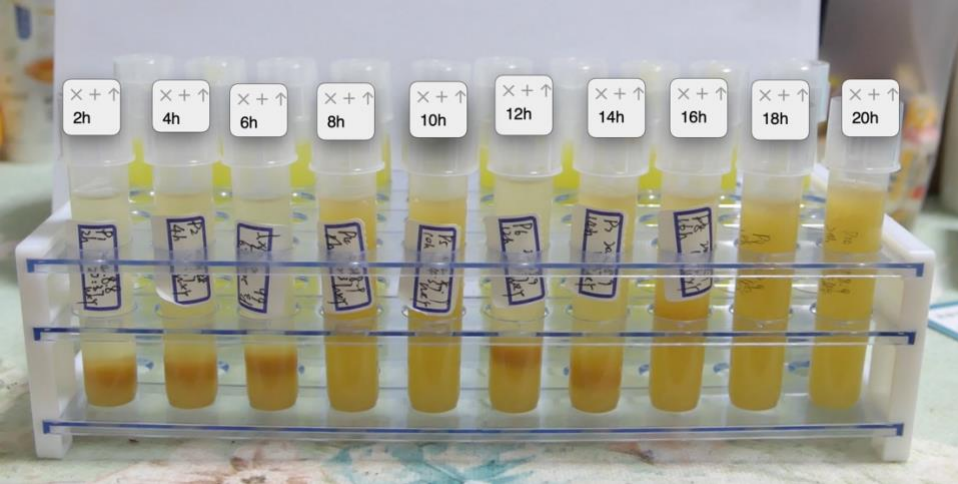
Diagram 2.1. peach juice samples 28 hours after squeeze
Orange Juice with Room Temperature and no Additive
26 hours after squeezed, orange juice samples appeared to spoilage in all the samples after the 12-hour sample, but it was unspoiled in the 10-hour sample. Olive yellow flocculent precipitation in 12-hour, 14-hour, 16-hour, 18-hour and 20 hour-samples.
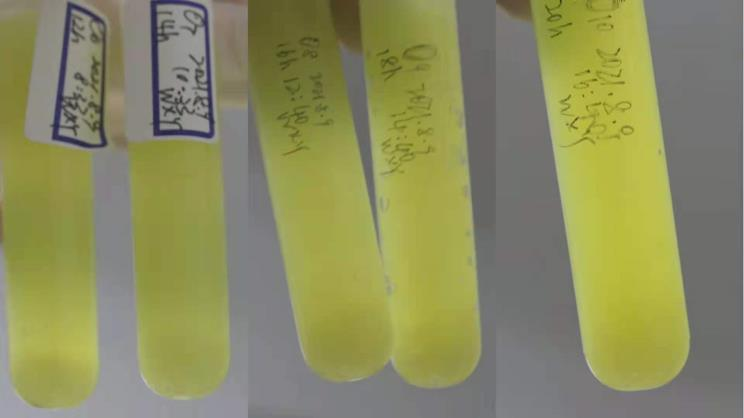
Diagram 2.2. orange juice samples 26 hours after squeeze
Watermelon Juice with Room Temperature and no Additive
All samples appeared prescription after 3 hours in the thermotank. Samples from 2-hour to 16-hour all have carmine-red flocculent prescriptions.
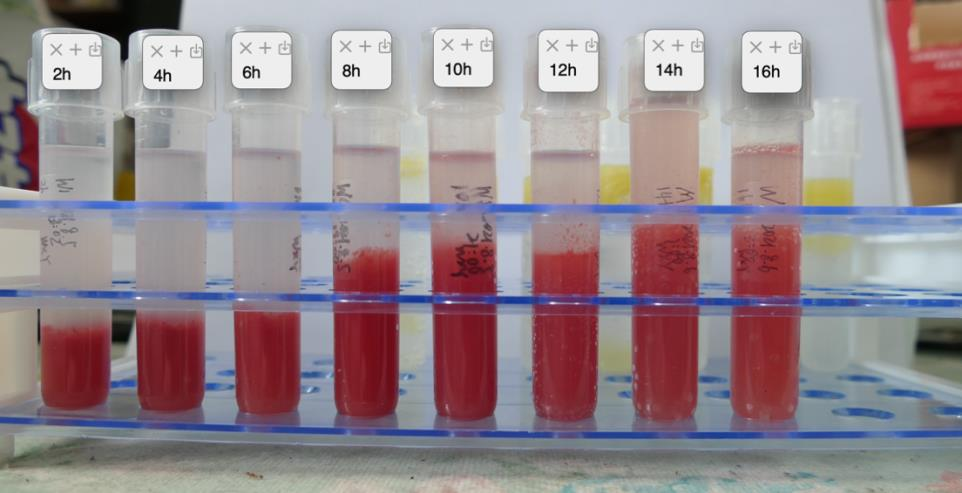
Diagram 2.3. watermelon juice samples 25 hours after squeeze
Melon Juice with Room Temperature and no Additive
13 hours after squeeze, melon juice samples appeared to spoilage in the 8-hour sample, but unspoiled in the 6-hour sample. After three later observations, the phenomenon maintained the same. Blonde flocculent precipitation in 8-hour and 14-hour samples.
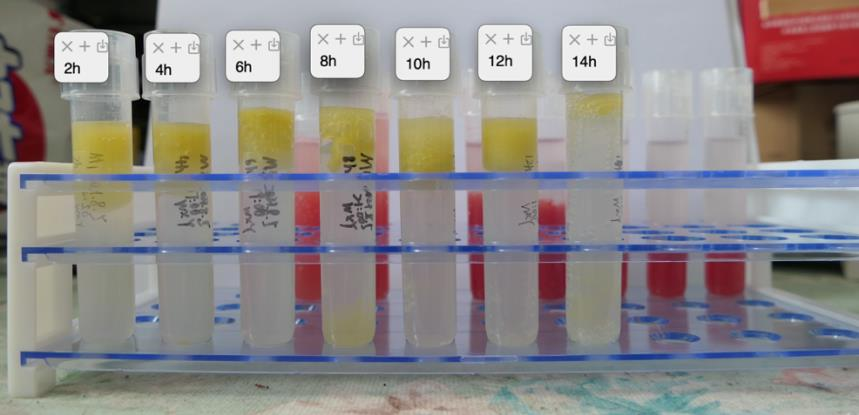
Diagram 2.4. melon juice samples 22 hours after squeeze
Melon Juice with Refrigerator Temperature and no Additive
30 hours after squeeze, melon juice appeared to spoilage in all the samples after 26 hours, but unspoiled in the 22-hour sample. After three later observations, the phenomenon maintained the same. Pineapple flocculent precipitation in 8-hour and 26-hour samples.
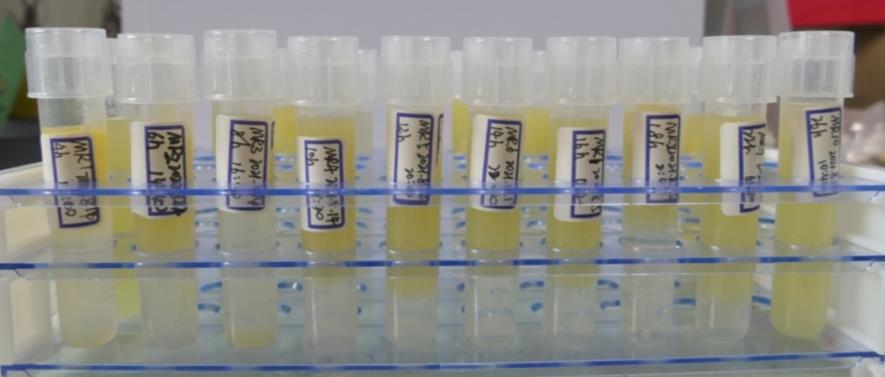
Diagram 2.5. melon juice samples under 30 hours
Also, the pH value of melon juice has a significant decline at 26 hours and 33 hours after squeeze.
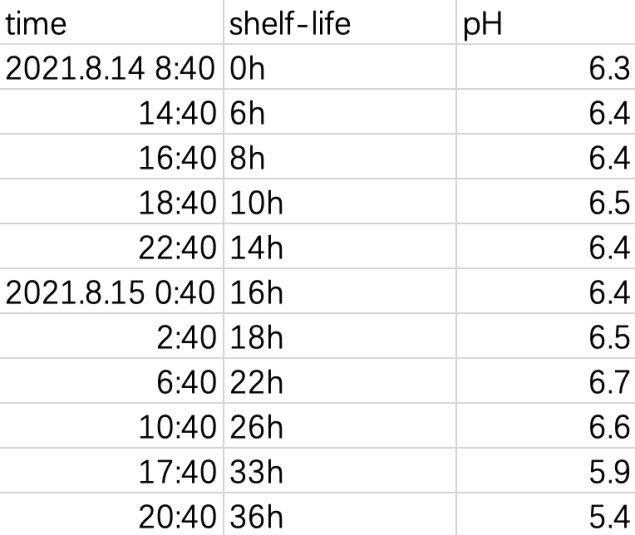
Table 2.2. pH value of melon juice with refrigerator temperature and no additive
2.5.3 Melon Juice with Room Temperature and 25g Sodium Citrate
According to GB 2760-2014 National Food Safety Standard, Standard for the Use of Food Additives, adding sodium citrate has no legal limitation. Favourer should not be influenced by adding sodium citrate, so it was added every 5g until the pH of melon juice changed. After adding 25g sodium citrate, the pH increased from 6.3 to 6.4. 22 hours after squeezed, melon juice samples to appeared spoilage in all the samples after 16 hours, but they spoiled in the 14-hour sample. After three later observations, the phenomenon maintained the same.

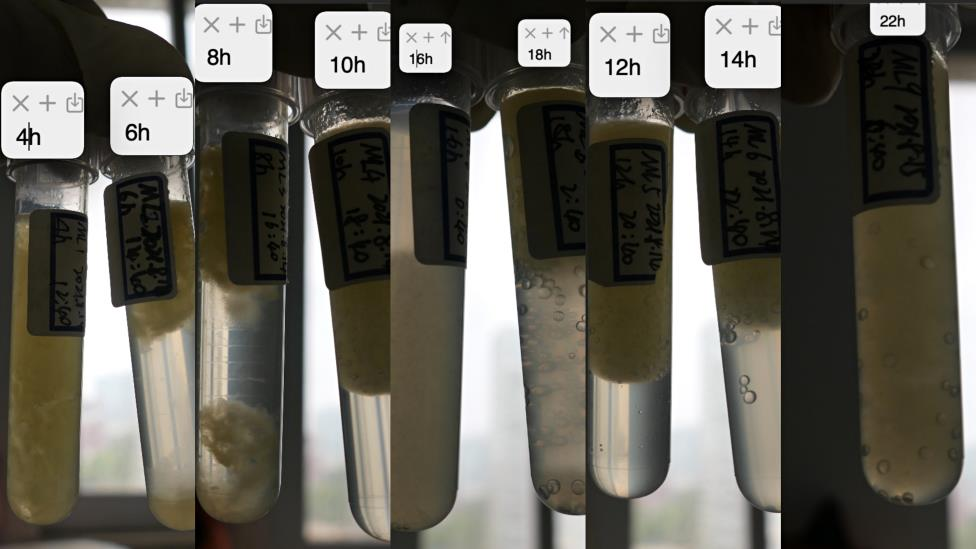
Diagrams 2.6 & 7. melon juice samples 26 hours after squeeze
Pineapple flocculent precipitation in 6-hour, 8-hour, 16-hour and 22-hour samples. The pH value of melon juice has a significant decline between 10 hours and 14 hours after squeeze.
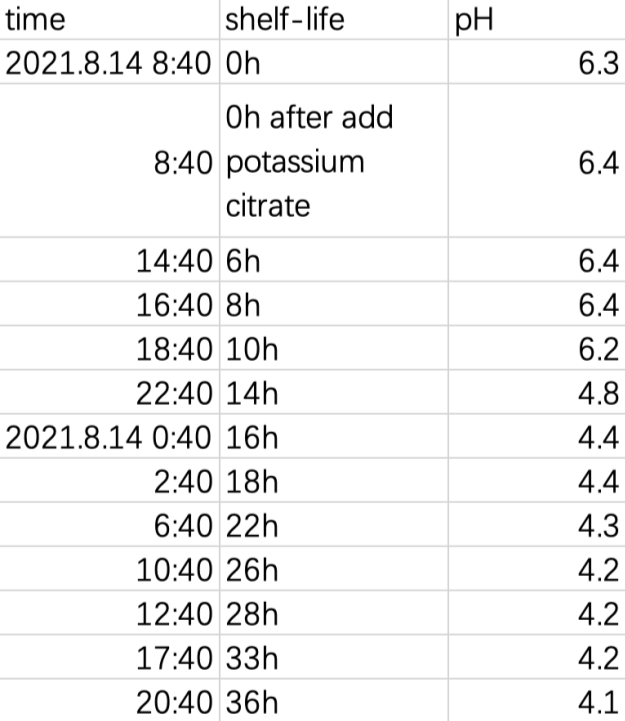
Table 2.3. pH value of melon juice at room temperature and sodium citrate
Findings
- The shelf-life of no additive and under room temperature fresh-squeezed peach juice and orange juice is 10-12 hours, watermelon juice is 0-2 hours, and watermelon juice is 6-8 hours.
- The shelf-life of no additive and under refrigerator temperature fresh-squeezed melon juice is 22-26 hours.
- The shelf-life of under room temperature fresh-squeezed melon juice with 25g sodium citrate is 14-16 hours.
- Refrigerator temperature can extend the shelf-life of freshly squeezed juice for about 16 hours.
- Adding appropriate lemon juice is useful too, it could extend 8 hours of shelf-life of melon juice. Spoilage accompanies a decrease in pH value
4. Conclusion
The main purpose of this project is to detect the shelf-lives of a few typical homemade fresh-squeezed juices and some practically efficient ways to extend them. After testing by squeezing common homemade juices, sampling them each 2 hours after juicing and observing which first appears to spoilage each 1 hour after juicing, the shelf-lives of freshsqueezed orange, peach, watermelon and melon juices are 10-12, 10-12, 0-2 and 6-8 hours respectively.
Besides, the effective and practical conditions for homemade juices to extend their shelflives are adding an appropriate quantity of lemon juice after juicing and preserving them in the refrigerator. For melon juice, preserving in the refrigerator can extend its shelf-life to 22-26 hours and adding appropriate lemon juice (sodium citrate) can extend it to 14-16 hours. Thus, as suggestions for making homemade fresh-squeezed fruit juices, adding a few drops of lemonade and lowering the temperature can extend shelf-lives of juices.
References
2.Kang, jy., Lee, sn. (2012). 我爱做饮料! (I Love Making Juices!). 2012.7, Beijing: Beijing Science and Technology Publishing.
3.Liu, Y., Wang, X. (2018). ‘Analysis of Detection Results of Microbial Contamination in Handmade Beverages and Fresh Squeezed Juice’. Food and Fermentation Sciences & Technology, 54(4), pp. 97-101.
4.Russell, N., Gould, G. Food Preservatives. 2013., : Springer Science & Business Media.
5.Sun, H., Luo. B., Shi, J., and Yin, Fang. (2005). ‘Effects of potassium citrate on seed germination and growth of wheat seedlings’. Journal of Changshu Institute of Technology, 19(2), pp. 77-80.
6.Yan, H., and Sun, H. (1994). ‘Causes of Fruit Juice Spoilage and Fruit Juice Storage Technology’. LUOYE GUOSHU, (), pp. 85-86. doi: 10.1385/j.cnki.lygs.194.s1.084.
7.Zhu, J., Zhao, X., Wang, D., Dong, W., and Sun, X. (2021). ‘Storage Quality Changes and Shelf Life Predictive Modeling of Blueberry Juice Treated by Ultra-high Pressure and Thermal Sterilization’. Science and Technology of Food Industry, (), pp. - . doi: 10.13386/j.issn1002-0306.2021020161.
8.Zhu, Y., Wang, Z., Wang, W., Ji, L., Zhang, J., Bai, T., Zhao, Z., Hou, B., and Chen, L.(2021). ‘Research Progres on Antibacterial Mechanism of Natural Food Preservatives’. China Condiment, 46(9), pp. 176-180. doi: 10.3969/i.ssn.1000-9973.2021.09.034





